Home > Climate News >
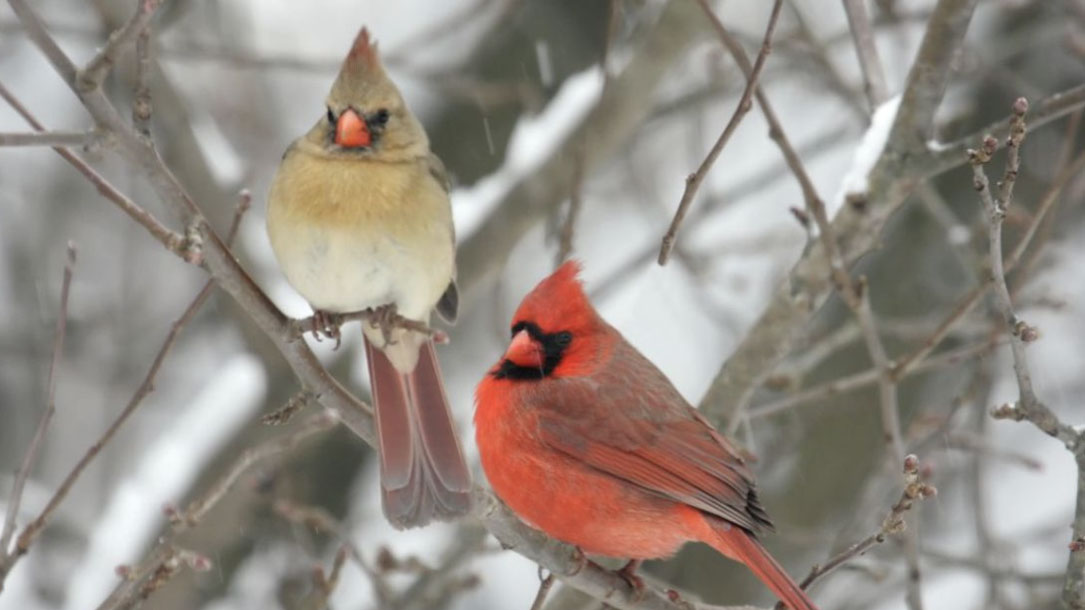
Climate change, habitat loss (and, yes, even cats) pose a greater threat to birds than windmills
Research quantifying the full scale of wind turbine activity’s impact upon birds both through their migratory patterns and killed by collision with wind turbines is a matter of current scientific studies. It is important to quantify these impacts, but it is also important to acknowledge that these impacts are certainly negligible compared to other drivers of bird mortality.
The number of birds killed by wind turbine collisions per year is estimated to be between 150,000 and 500,000, but when you put this number in perspective, it pales in comparison to other causes of bird mortality…

Solar panels help French winemaker keep climate change at bay
A roof of solar panels shades Pierre Escudie as he inspects the last plump grapes to be harvested at his vineyard in southwest France, after a year of hard frosts and blistering heat that damaged many of his neighbors’ crops.
The solar panels insulate the grapes during periods of extreme cold and shield them from the sun’s harsh rays during heat waves. The panels also rotate to allow more light to hit the vines on more overcast days…
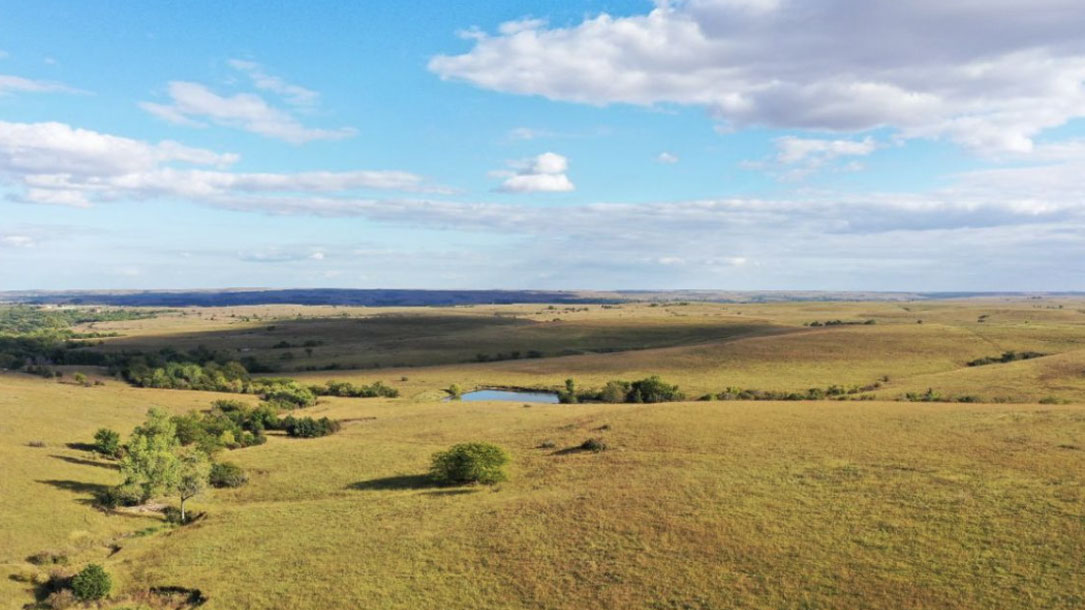
Ancient grasslands guide ambitious goals in grassland restoration
Grasslands, which constitute almost 40% of the terrestrial biosphere, provide habitat for a great diversity of animals and plants and contribute to the livelihoods of more than 1 billion people worldwide. Whereas the destruction and degradation of grasslands can occur rapidly, recent work indicates that complete recovery of biodiversity and essential functions occurs slowly or not at all. Grassland restoration—interventions to speed or guide this recovery—has received less attention than restoration of forested ecosystems, often due to the prevailing assumption that grasslands are recently formed habitats that can reassemble quickly. Viewing grassland restoration as long-term assembly toward old-growth endpoints, with appreciation of feedbacks and threshold shifts, will be crucial for recognizing when and how restoration can guide recovery of this globally important ecosystem.
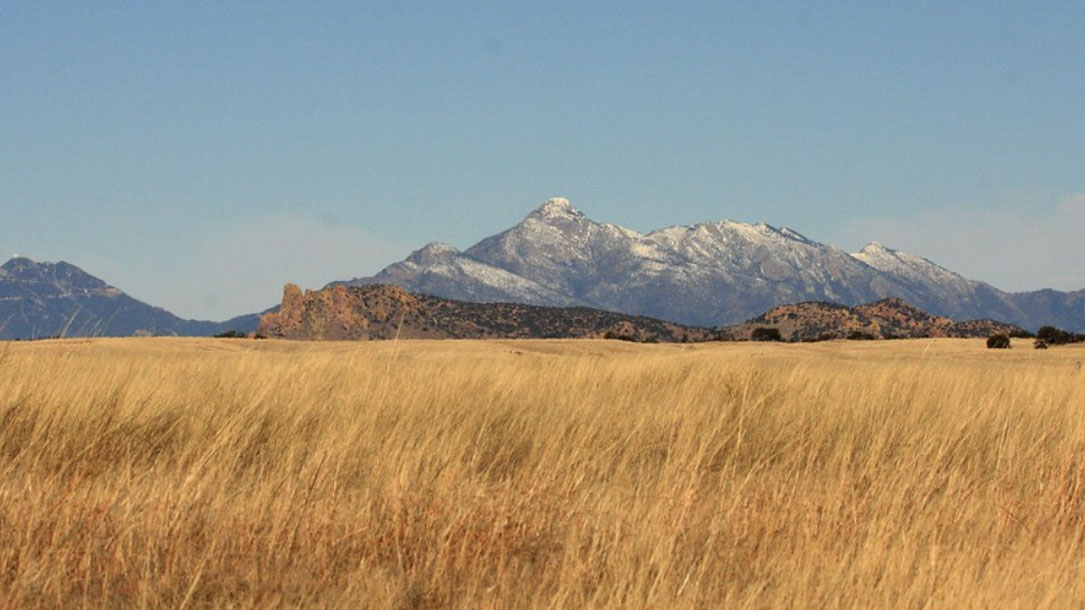
Oft-overlooked grasslands build biodiversity, resilience over centuries
Grasslands’ biodiversity and resilience to disturbances such as fire, heat, and drought is the result of a slow process over hundreds of years, like that of old-growth forests, finds new CU Boulder-led research.
Published in the journal Science on August 5, 2022 as part of a special issue on grasslands, the study contradicts years of assumptions that grasslands’ ecological development is quick and their recovery is rapid, posing new challenges to their successful restoration.
“Old-growth grasslands have a unique suite of characteristics that develop over a really long time…”
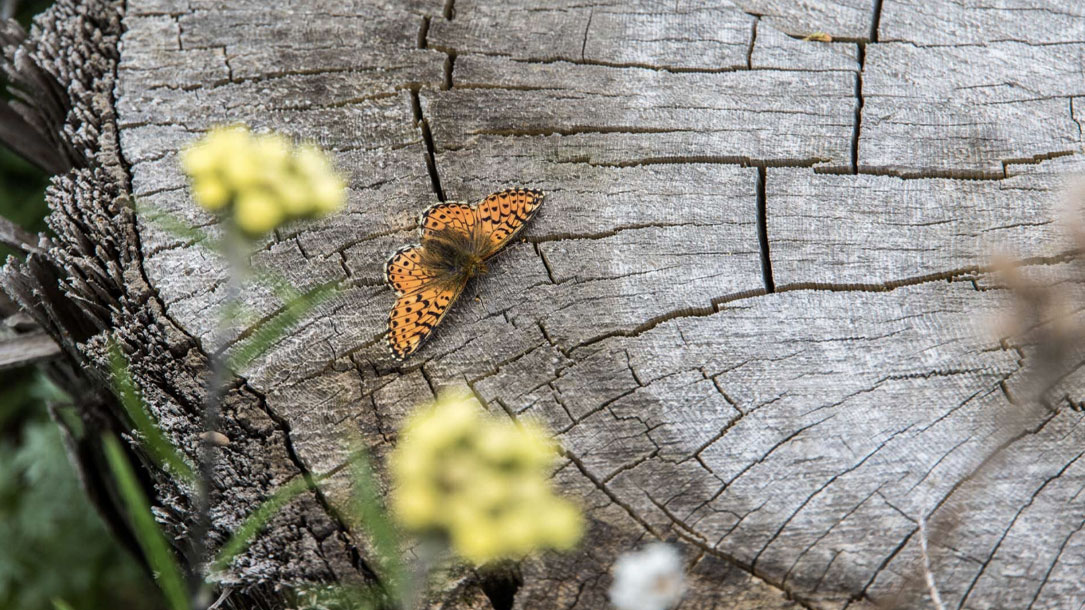
Old-growth trees more drought tolerant than younger ones, providing a buffer against climate change
A new analysis of more than 20,000 trees on five continents shows that old-growth trees are more drought tolerant than younger trees in the forest canopy and may be better able to withstand future climate extremes.
The findings highlight the importance of preserving the world’s remaining old-growth forests…
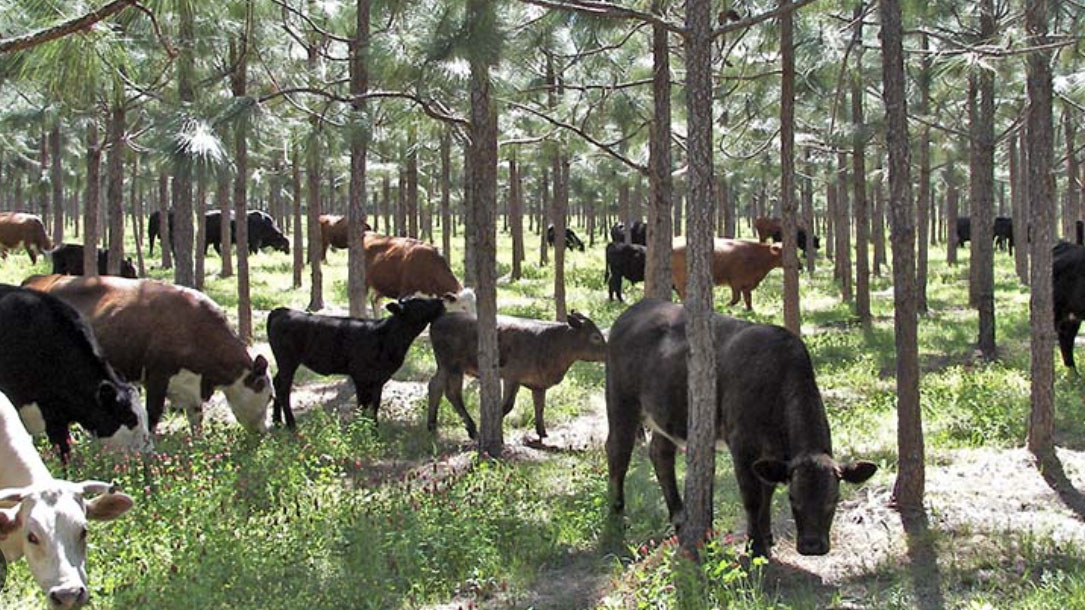
Mongabay series: Global Agroforestry
An ancient agricultural system, agroforestry combines trees with shrubs, crops, and livestock in a system that produces food, supports biodiversity, builds soil horizons and water tables, and sequesters carbon from the atmosphere — this series explores how and where it is being practiced by Indigenous communities, traditional agriculturists, and new farmers.
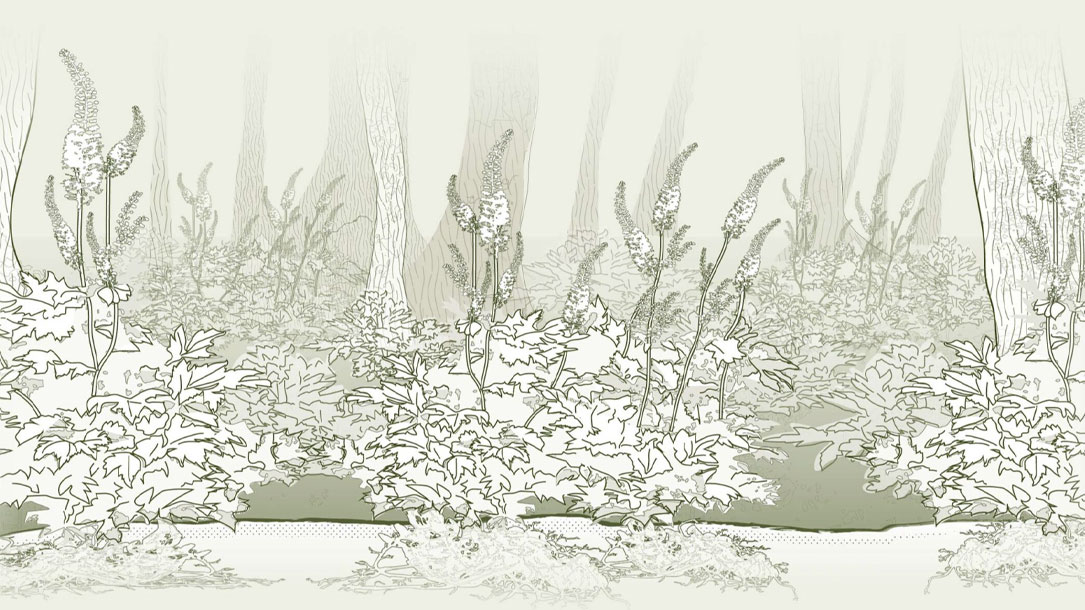
More on agroforestry
Agroforestry developed as a set of indigenous land-use practices over thousands of years across our global community. The interventions utilize trees, crops, and livestock in intimate combinations to produce positive ecological, social, and economic outcomes. In the United States, agroforestry systems are defined in the following ways: alley cropping, forest farming, riparian buffers, silvopasture, and windbreaks.

American agroforestry accelerates with new funding announcements
“There is a windfall of federal money entering the agroforestry sector,” Meghan Giroux told Mongabay. The director of Vermont-based agroforestry consultancy Interlace Commons, she is currently implementing a program to boost regional training capacity toward helping farms implement this sustainable farming technique — which blends annual crops and livestock with perennial shrubs and trees in a carbon-sequestering system that’s also more resilient to droughts and floods — while keeping her eye on the sizable new opportunities coming from the federal government.
That federal funding comes as interest in agroforestry is growing rapidly in the U.S., alongside the need to rapidly adopt more climate-positive types of agriculture…
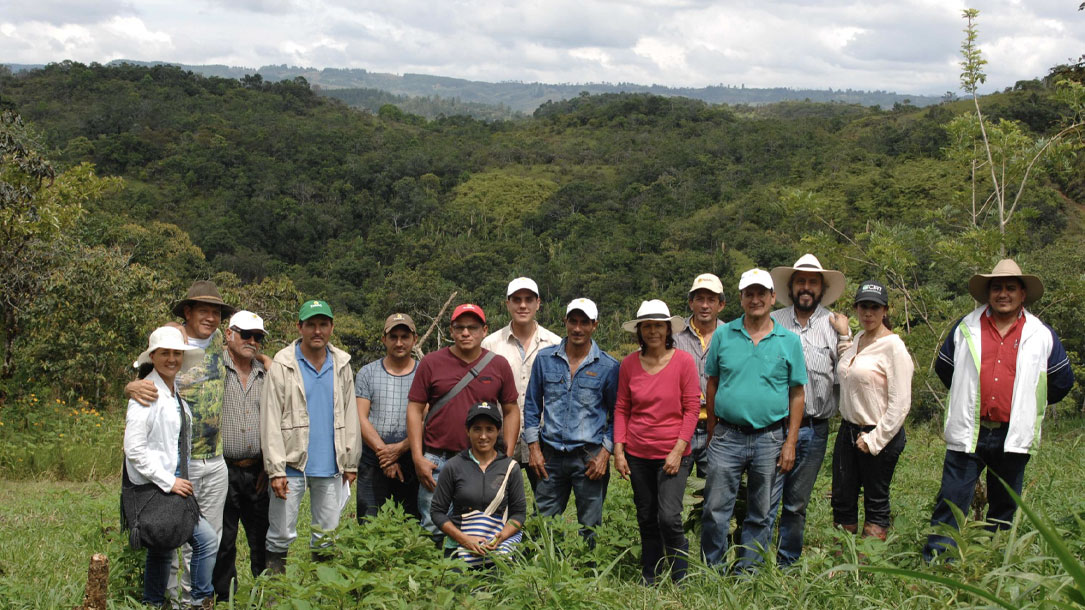
Partnerships for Climate-Smart Commodities Project summaries
This project proposes to accelerate long-term cover crop adoption by creating a platform to incentivize farmers. The platform will quantify, verify, and facilitate the sale of ecosystem benefits, creating a marketplace to generate demand for climate-smart commodities. This project plans to support the implementation of more than 1 million acres of crop crops across 20 states. It also plans to enable corn and soybean commodity groups to achieve greenhouse gas emission reduction goals while supporting their farmer members and advancing more productive and sustainable practices.

How artists can raise awareness of climate risks and solutions
As communities work to raise public awareness about climate change risks and solutions, some are asking artists to help.
“How can we bring artists to think through that messaging in a more culturally resonant way?” asks Claudia Zarazua, the Arts and Cultural Planning Director for the city of Cambridge, Massachusetts.












